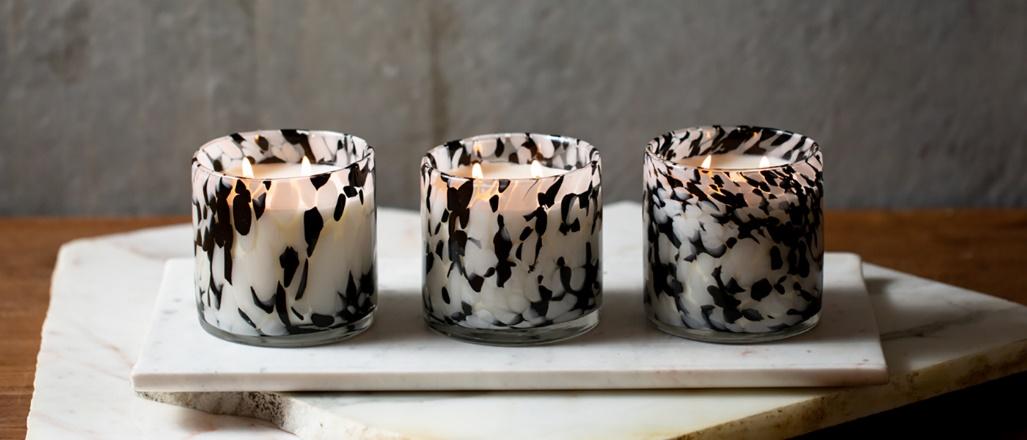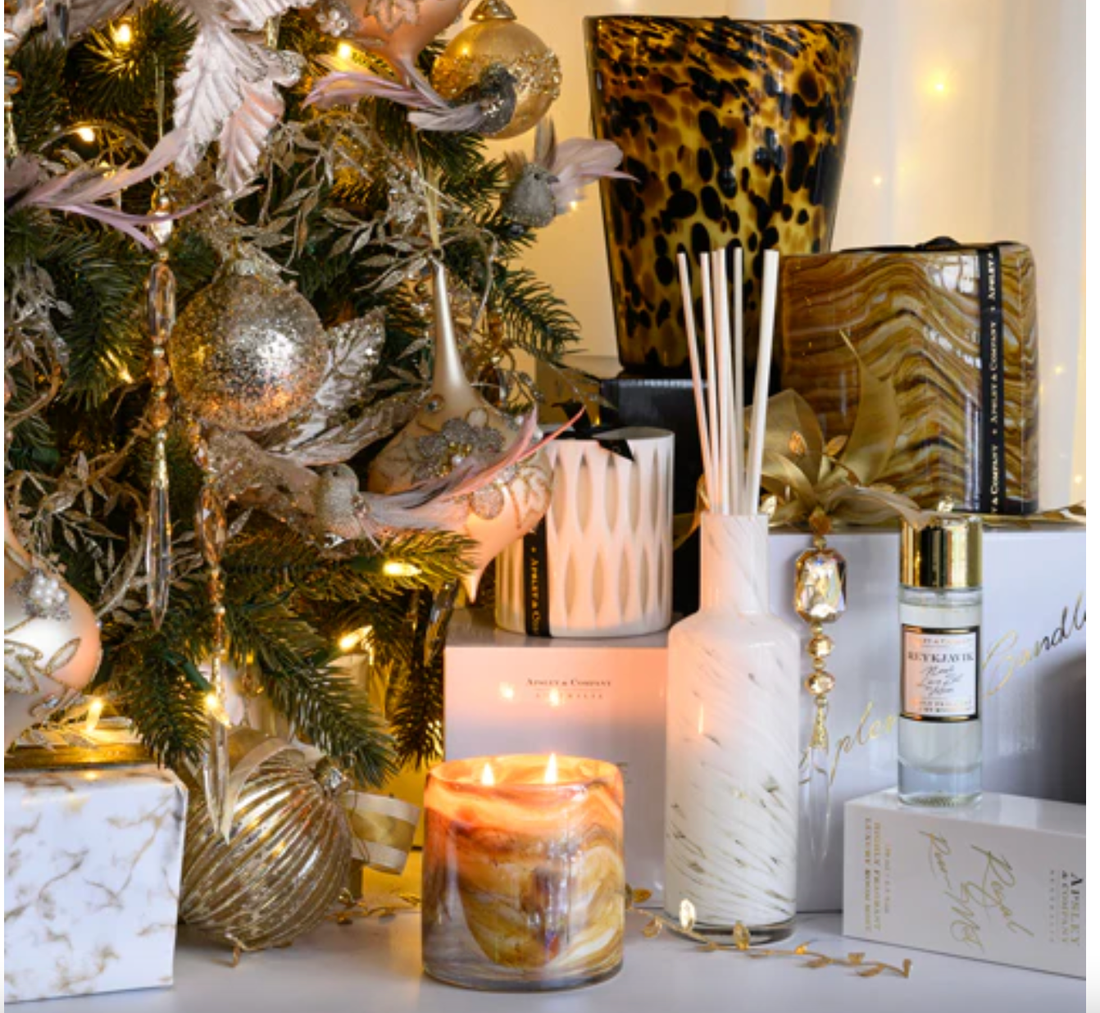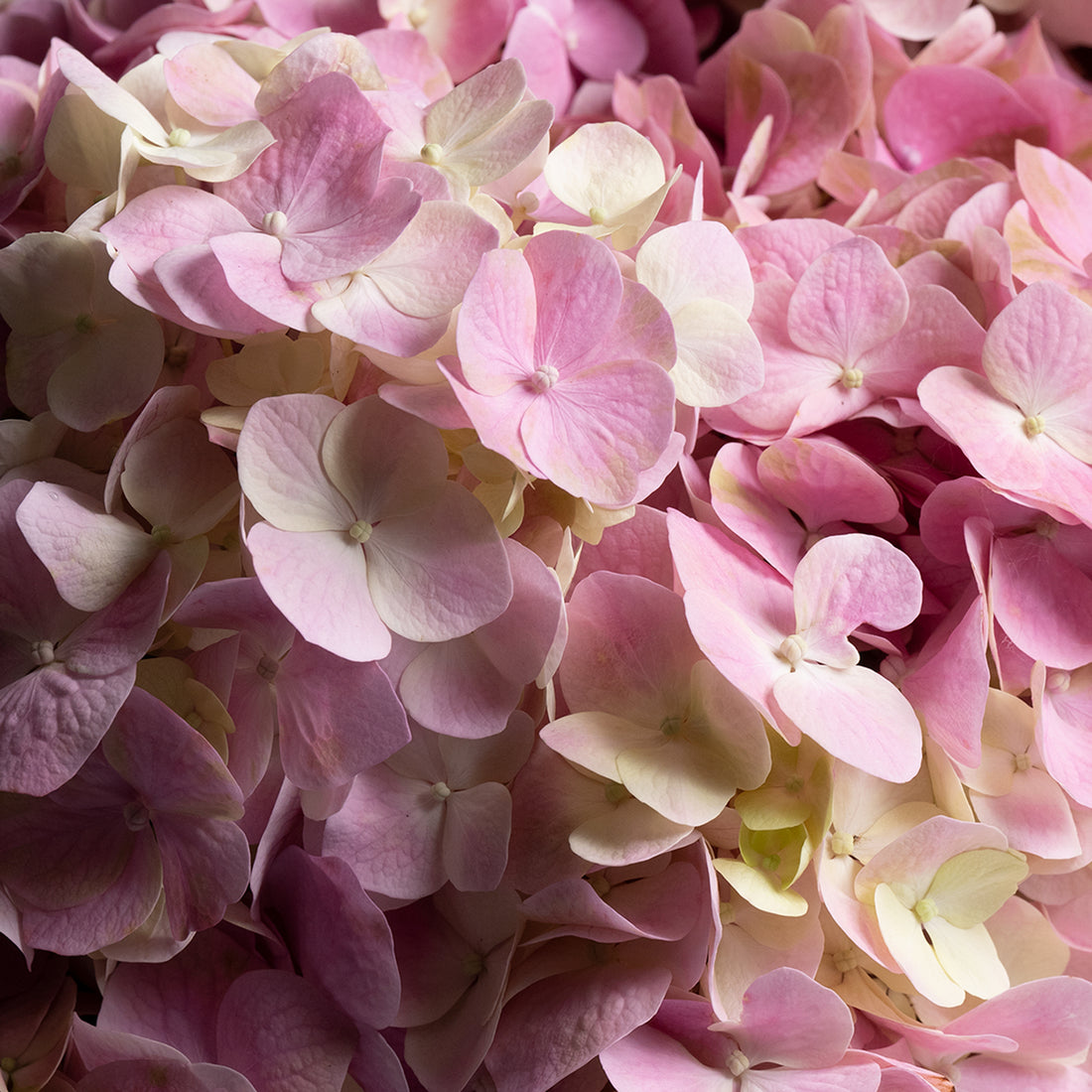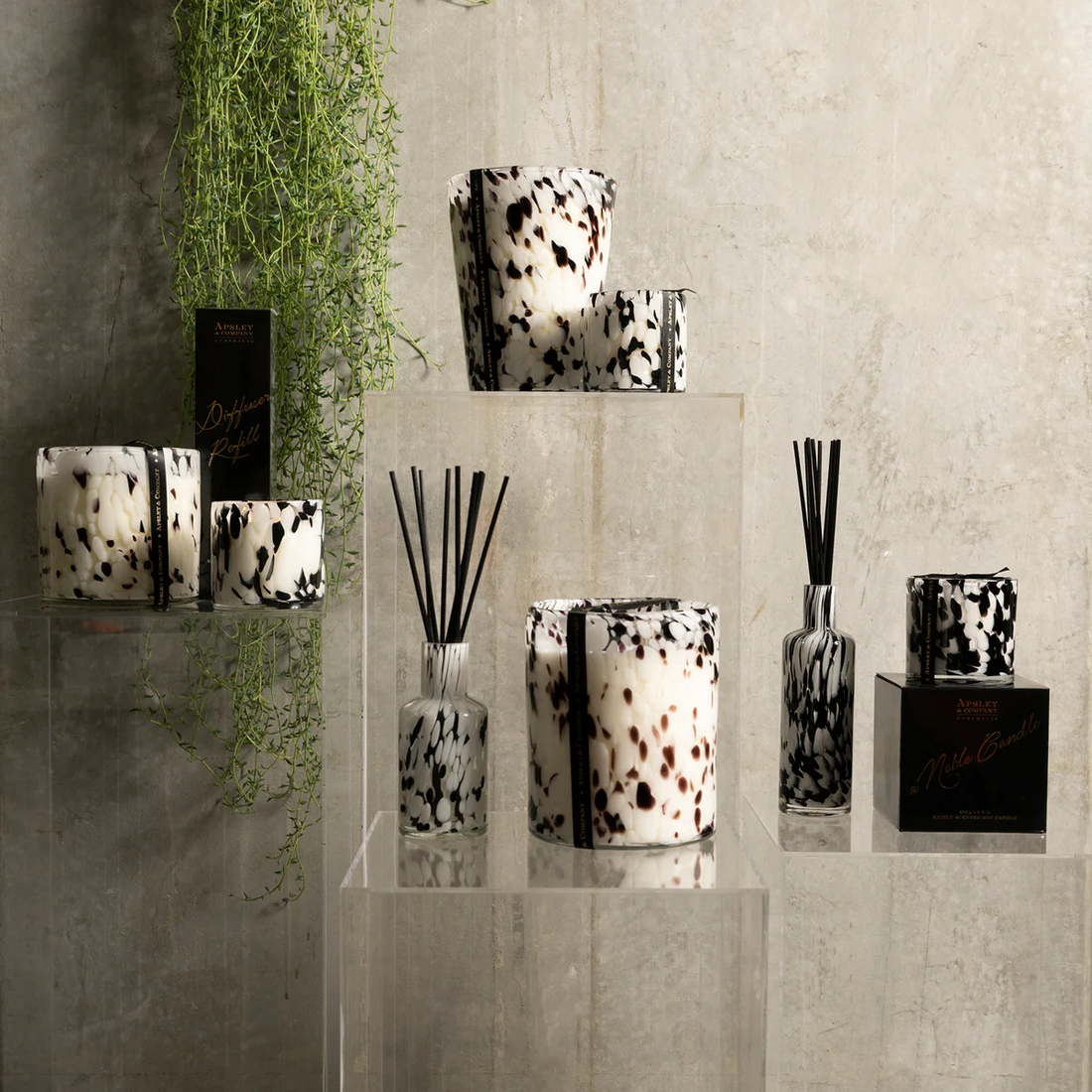When choosing a scented candle the wax type is part of the selection process, along with features like fragrance quality, wick type, vessel design and burn time. There a few wax options and each one has its own qualities, so the point of this article is to give some insight into the facts about wax!
What is Wax?
Without being too technical wax is basically a flammable solid containing carbon which becomes liquid when heated above room temperature making it the perfect fuel for a candle. The wick is lit, the wax melts, it is vaporised and combusted producing heat and light. Et Voila, a beautifully burning candle!
As you will know, there are many different types of wax that can be used to produce scented candles, they are developed from oils and fats derived from plants, insects and minerals. Beeswax was the original candle wax and has been used for thousands of years. In more recent times candles are being made with oils like coconut, petroleum and soy.
Which Candle Wax is Best?
We can’t really answer that I’m afraid as each wax type has its own properties which will affect factors like fragrance throw, burn time and burn quality – here’s a little summary of the up sides and down sides of the most popular waxes used in candle making:
Paraffin Wax:

What is it?
Paraffin wax is also known as mineral wax. It is a by-product of the crude oil refinement process which does affect people’s opinion of the wax which is totally understandable. I suppose one positive is that it does mean paraffin wax production uses parts of the oil that would otherwise be discarded. It’s also worth a note that being made from paraffin doesn’t necessarily mean it is automatically toxic.
Benefits?
- Carries lots of scent
- Holds colour
- Inexpensive
- Comes with various melt points – perfect for different candle types from pillars to votives
Downsides?
- Non-renewable resource (petroleum, coal or oil shale)
- There are concerns regarding its toxicity/safety when burning, but there are variable findings to support this
- Can soot & smoke if the candle isn’t looked after
Soy Wax:

What is it?
Soy wax was invented in the late 1990’s. It’s a vegetable wax derived from soybean oil which is produced by harvesting, cleaning, dehulling, cracking and rolling soybeans. The oil is extracted from the rolled flakes, hydrogenated which alters the oil’s melting point, making it solidify at room temperature – ready for candle making!
Benefits?
- Slower burn
- A cleaner burn resulting in less sooting
- Renewable resource, with leftover flakes being used for animal feed
- Biodegradable
- Vegan
- Cheaper than some waxes
- Excellent fragrance carrier, doesn’t need chemical amplifiers
- The fragrance throw is more subtle which results in a well-balanced true to scent candle, something we pride ourselves on at Apsley and Company
Downsides?
- Subtler scent throw so may not pack the punch you want
- Sensitive to temperature changes & humidity
Coconut Wax:

What is it?
One of the newest of candle waxes, it has a soft creamy white colour and is harvested from the coconuts themselves. It is mainly sourced from the Philippines and Dominican Republic, the economies of both countries are heavily dependent on coconut harvesting. For this reason the industry and supply chain are closely governed to ensure they are protected.
Benefits?
- Slow even burn
- Excellent scent throw when both lit and unlit
- Holds colour well
- Minimal sooting
- A sustainable & renewable high yield crop
- Biodegradable
- Vegan
- Harvesting supports local economies
Downsides?
- One of the more expensive waxes
- It’s soft with low melting point (you will need to store it in a cool space during hot months)
- It needs to be blended with another wax to make it useable in a candle
Beeswax:
What is it?
Dating back to the Egyptians, beeswax is sourced naturally from bees during the honey-making process. This wax has its own beautiful honey aroma so tends not to be fragranced when used as a candle. It is for this reason candle makers tend to mix it with another type of candle wax such as coconut wax to help emit the scent.
Benefits?
- A naturally occurring resource
- Smokeless & sootless
- Can help purify air
- Hypoallergenic in its pure state
- Dripless
- Biodegradable
- A more solid wax so good for candle pillars
Downsides?
- Concerns regarding the declining bee population
- Due scarcity it is expensive
- Doesn’t hold scent as well as other waxes
- Difficult to add colourants due to its natural yellow tint
Rapeseed Wax:
What is it?
Rapeseed (or Canola) wax is a natural vegetable wax derived from the oil that is harvested from the rapeseed plant. Rapeseed wax is one of the most versatile waxes, particularly good for candles thanks to its great scent and colour retaining properties
Benefits?
- Sustainable & renewable resource
- Slow burn
- Excellent fragrance throw
- Vegan
- Locally grown reducing carbon footprint
- Biodegradable
Downsides?
- A very soft wax so does need to be blended with another wax (paraffin, palm or soy) for stability
- Sensitive to temperature changes
So, as you can see each candle wax type has its own set of pros and cons. The type of wax you go for is ultimately down to personal preference and ethical priorities. At Apsley and Company we produce our fragranced candles with the greatest integrity possible, ensuring we give you only finest quality products crafted in the most sustainable of ways.
We use a premium vegan blend of botanical soy and food grade wax for our scented candles. This formulation allows us to have a generous amount of fragrance throughout the entire candle and a longer lasting burn time, ensuring you are getting the absolute best during your candle burning experience.





